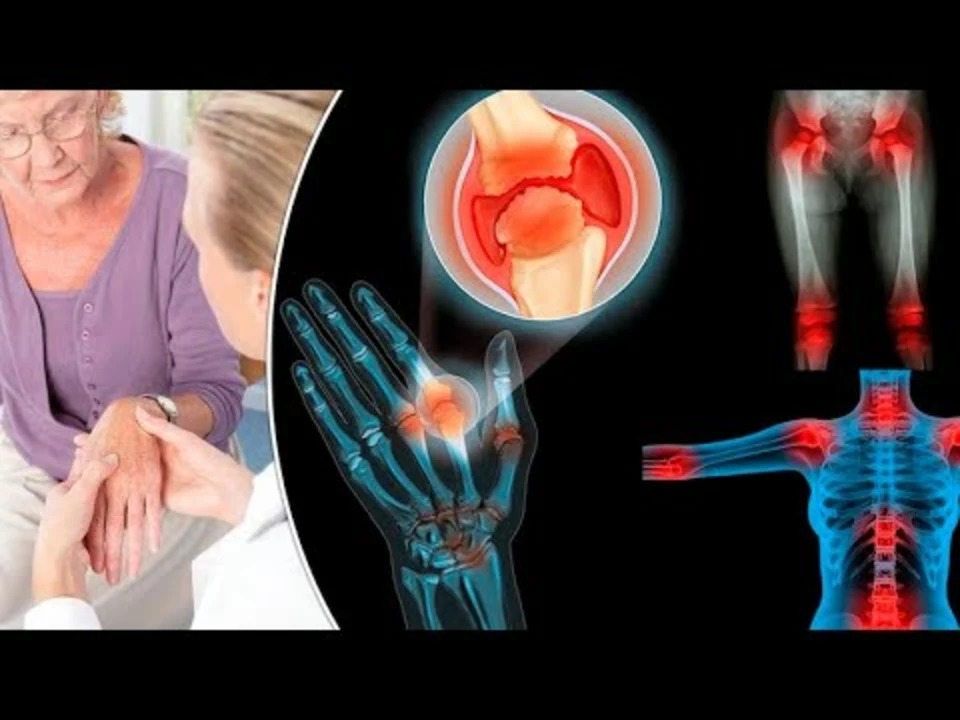Arthritis: Practical Help for Joint Pain
Think arthritis is just old age? Not always. Arthritis covers many conditions that cause joint pain, stiffness, and swelling. Some types come from wear and tear (osteoarthritis), others from the immune system attacking joints (rheumatoid arthritis). Knowing which type you have changes treatment—and your daily choices.
Quick self-care that helps
Small habits often make the biggest difference. Move regularly: low-impact exercise like walking, swimming, or cycling keeps joints mobile and reduces pain. Strength training around affected joints gives better support and lowers strain. Aim for short, consistent sessions rather than long, occasional workouts.
Weight matters. Losing even a little weight takes pressure off knees and hips. Simple swaps—smaller portions, fewer sugary drinks, more vegetables—add up over time. Sleep and stress control matter too; pain feels worse after poor sleep or high stress, so prioritize rest and relaxation techniques that work for you.
Use heat for stiffness and cold for sharp swelling. A warm shower or heat pack helps morning stiffness. Ice packs cut down sudden flare swelling. Try cushioned shoes, shock-absorbing insoles, or a cane when needed—good gear reduces pain during walking and standing.
Topical options often help without big side effects. Over-the-counter topical NSAIDs or creams can ease joint pain where applied. For deeper or nerve-type pain, some people get relief from prescription options that a doctor may recommend.
When to see a doctor and treatment basics
See a clinician if joint pain stops you from daily tasks, if a joint is hot and swollen, or if you have fever with joint pain. A doctor can run simple tests and suggest the right path: plain pain relief, physical therapy, injections, or medication that slows disease.
For osteoarthritis, treatment focuses on pain control, exercise, and joint support. For inflammatory arthritis (like rheumatoid), disease-modifying drugs (DMARDs) and biologics can prevent long-term damage—but they need close monitoring by a rheumatologist. Don’t try strong prescription meds without proper tests and follow-up.
Supplements like chondroitin sulfate are popular for joint health. Evidence varies—some people notice less pain, others don’t. If you try a supplement, pick a reputable brand and give it a few months before judging results. Tell your doctor about any supplements so they can avoid interactions with your meds.
Finally, practical pain control often blends treatments: exercise, weight loss, proper footwear, topical or oral pain relievers, and medical care when needed. Keep a short pain diary—what hurts, what helps—and share it with your clinician. That makes it easier to find the right mix for your life, not just your X-ray.
Shingles and Arthritis: Understanding the Connection
As a blogger, I recently delved into the connection between shingles and arthritis. Surprisingly, I discovered that individuals who have had shingles are more likely to develop arthritis. This connection is likely due to the fact that both conditions involve inflammation and affect the immune system. It is crucial to be aware of this link to take preventive measures and seek early treatment if needed. Stay informed and take care of your health!

